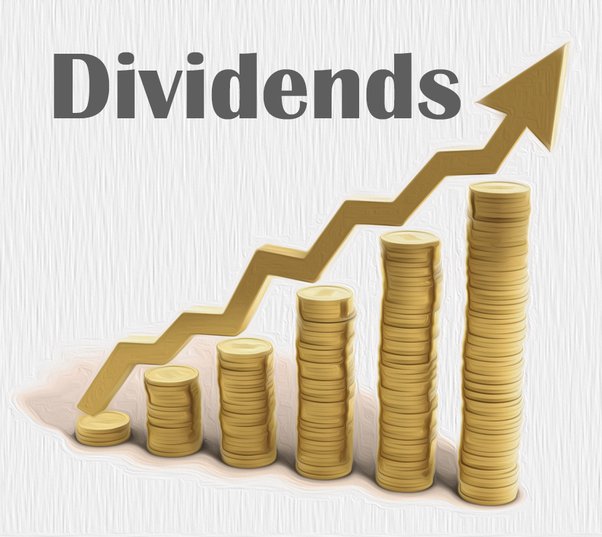Sometimes, new investors get overwhelmed with the different types of Stocks available in the market. This article will help you understand the different types of stocks and their uses.
Stocks are classified into a few different categories;
- Based on stock classes
- Classification based on market capitalization
- Classification based on dividend
- Based on fundamentals
- Classification based on risk
- Based on price trends

Classification based on stock classes:
- Common stocks: In this type of share, owners have the right to vote on corporate decisions. This type of ownership has higher returns in the long run, compared to preferred stocks. However, if the company goes bankrupt, common stockholders have an extremely low priority to the company’s assets.
- Preferred stocks: In this type of share, preferred shareholders receive dividends before common stockholders, and are also entitled to the companies assets in the event of liquidation, before common stockholders. Unlike common stocks, they have a fixed dividend, whereas common stockholders do not have a fixed dividend. Also, preferred stockholders do not have voting rights.
Classification based on market capitalization:
- Large-cap stocks: Companies that have the biggest market capitalization are called large-cap stocks
- Mid-cap stocks: Companies that have smaller capitalization than large-cap stocks
- Small-cap stocks: Companies that have the smallest market capitalization
- There are no specific rules to define large cap, mid-cap and small cap companies, but large cap companies usually have a market capitalization of $10 billion or more.

Classification based on dividend:
- Growth Stocks: These types of companies do not give out dividends, but rather reinvest their profits into the business to grow quickly. These companies are usually smaller firms with room to grow.
- Income Stocks: These types of companies give out good dividends regularly. To do so, these companies are huge and have lots of revenue coming in, that they can give to their shareholders. Because they give out their profits, their growth is usually much slower than growth stocks.

Classification based on fundamentals:
- Overvalued shares: These types of shares are priced much higher than their intrinsic value
- Undervalued shares: These types of shares are very good for long term holdings, as they have room to grow, and investors hold on to them for their value to be shown in the future.

Classifications based on risk
- iBeta stocks: Beta, or the measure of risk of a stock is calculated by assessing the market volatility of the stock. The lower the beta value, the lower the risk. If the value is above 1, then the stock is more volatile than the market itself.
- Blue Chip companies: Blue Chip stocks are those companies that have established themselves as trustworthy and are usually industry leaders. They are low risk companies that pay handsome dividends, regularly. These types of companies are great for investors who do not want to risk much.

Classifications based on price trends
- Defensive stocks: These stocks are unaffected by changes in the economy, and are preferred by investors when the market is down
- Cyclic stocks: These stocks move with the market and are subject to huge ups and downs at times. They grow rapidly in a bull market and can be halted in a bear market.



